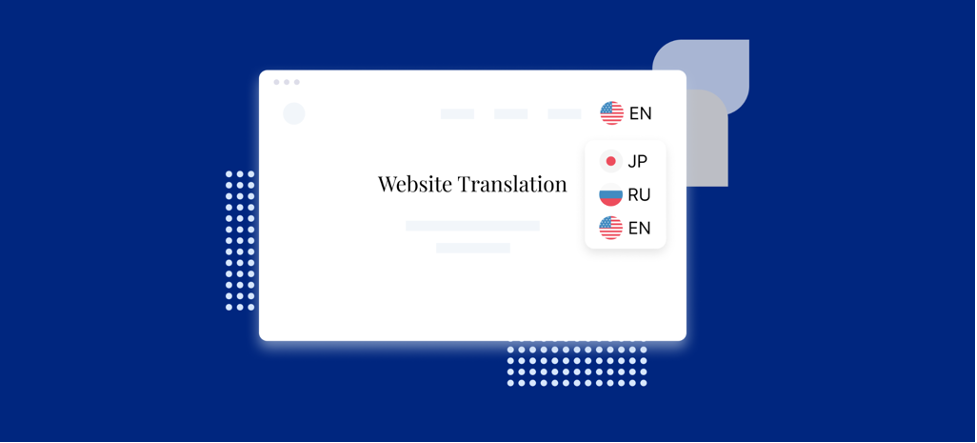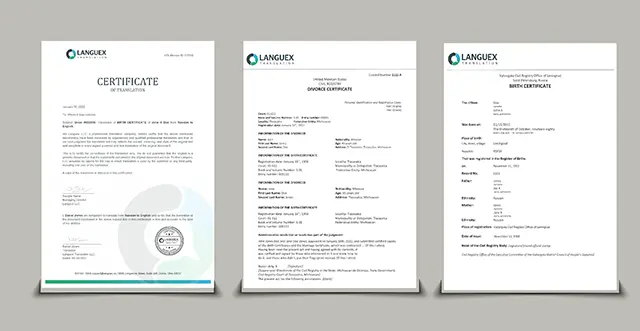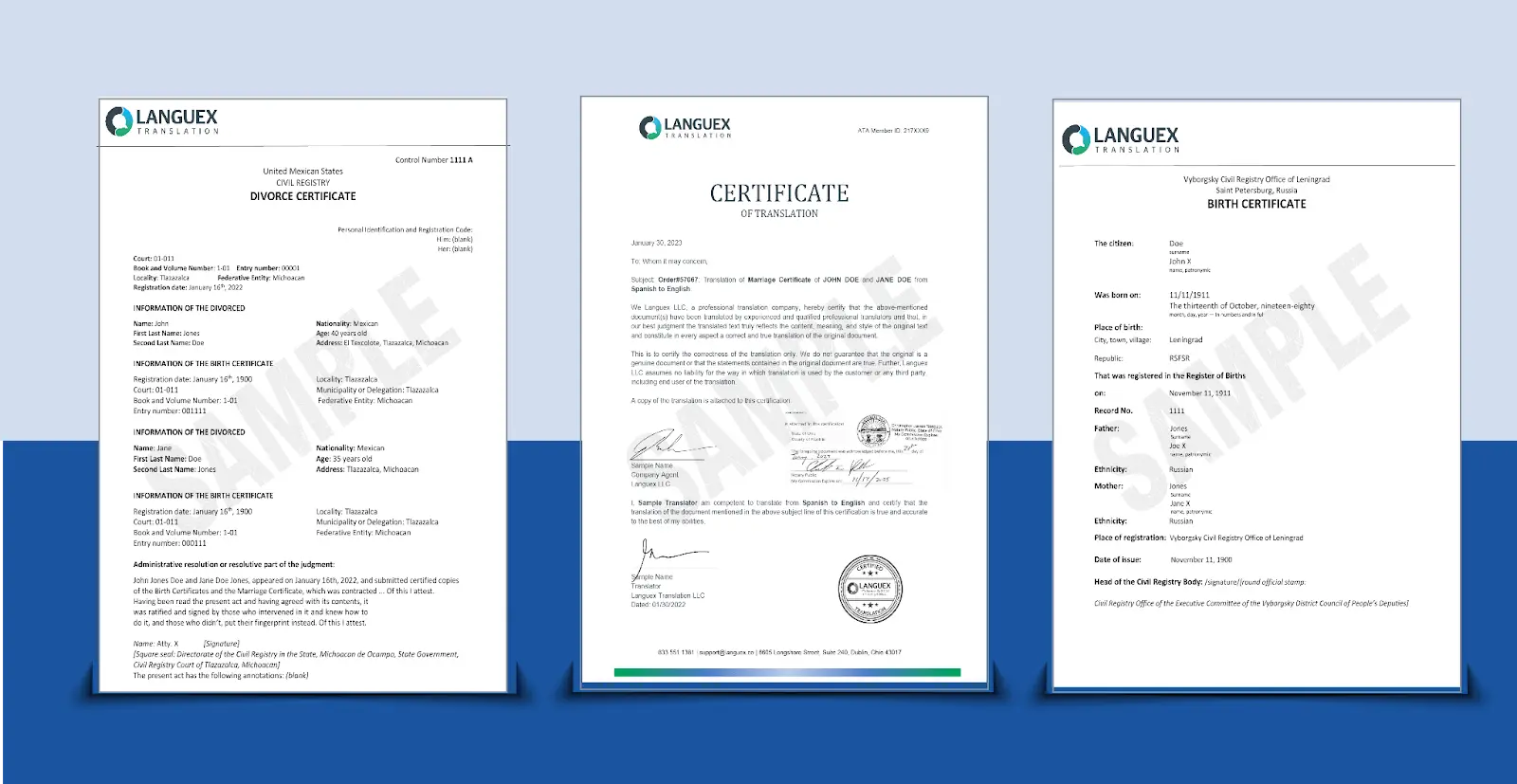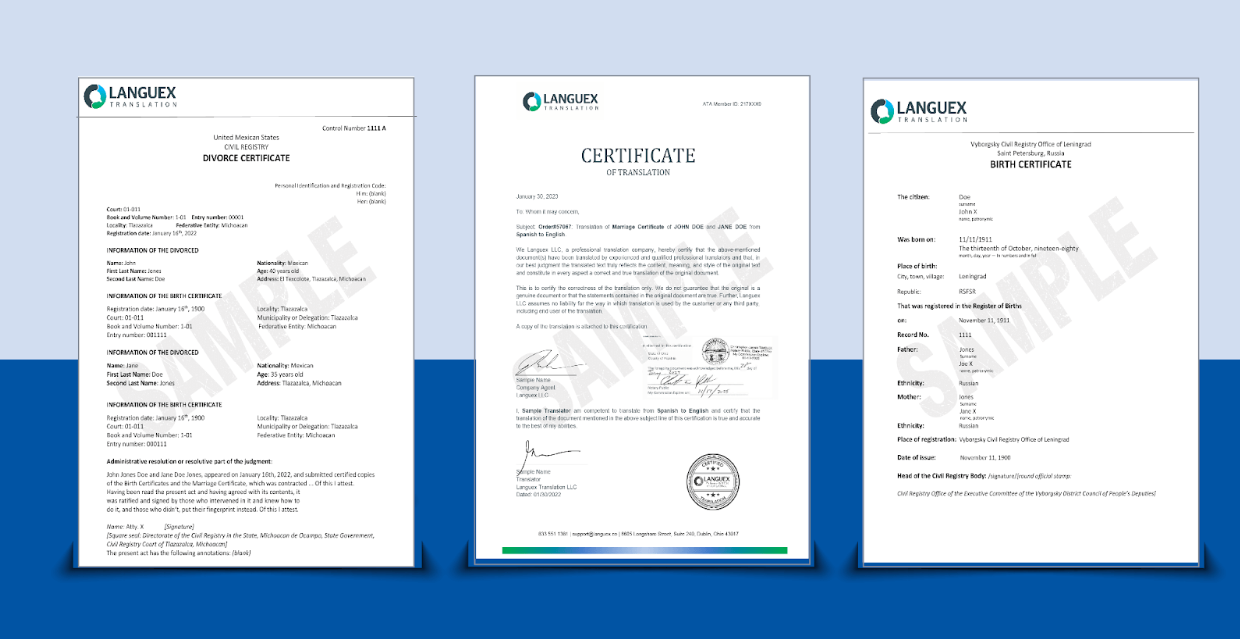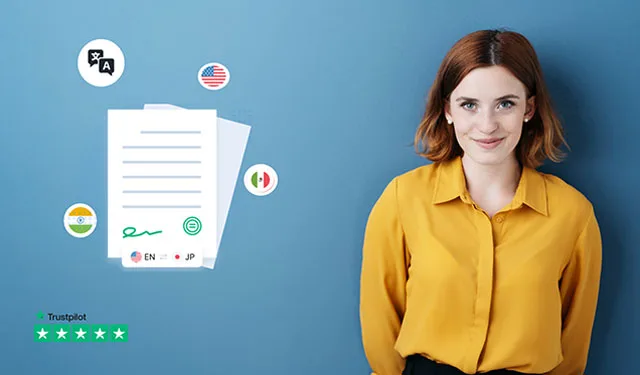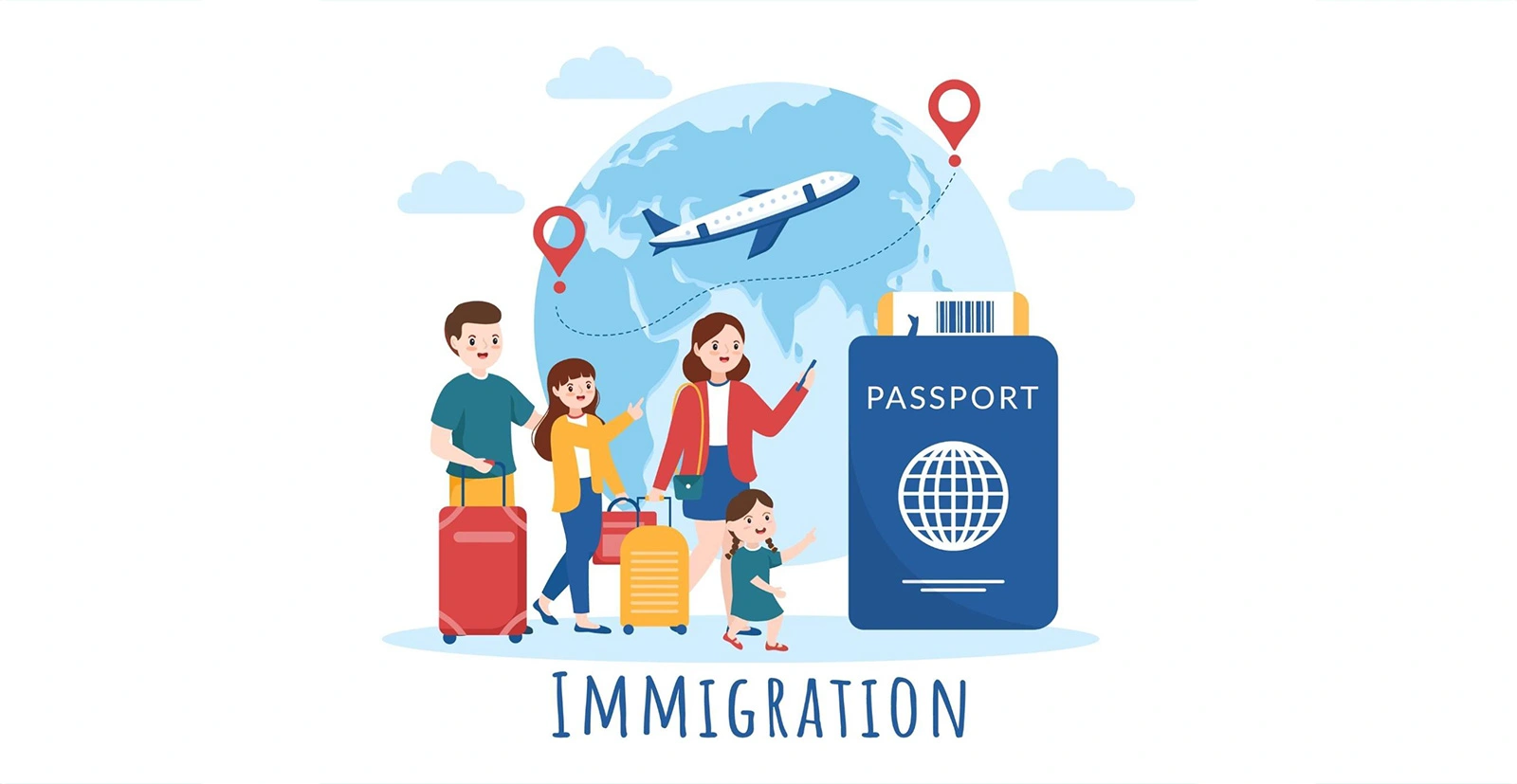Translate your website to increase content visibility. Carefully adapt content for your multilingual target audience; this guide covers tips for translating a website to reach more customers globally. Read our guide to translate your website or digital content for a global multilingual audience.
Translating your website can help you reach new international audiences. Adapting your website to new cultures can be simple with the right approach. In this insider’s guide to website translation, we’ll explore everything you need to know to translate your website like a pro, such as planning your multilingual content strategy, identifying the best tools, and optimizing across languages for better SEO
Key Takeaways:
- Website translation makes your site easy to understand in other languages. This helps more folks worldwide connect with your brand.
- Carefully adapting your web content for different cultures helps it resonate abroad. This drives engagement with new markets.
- Humans beat machines for capturing subtle messaging and tone on sites. But computers work for fast, basic translations.
- Localizing site language avoids slang and tailors to local culture. This builds trust and credibility overseas.
- Proofreading all translations, using pros, and making a plan are key to quality. This ensures your meaning comes across in every language.
Table of Contents:
- What is Website Translation?
- Why is it Important to Translate your Website?
- Who Needs to Translate Their Website?
- How to Choose the Correct Language(s) to Translate Your Website Into
- How to Translate a Website
- Machine Translation vs. Human Translation for Website Content
- Tips for getting high-quality website translations
- How to translate a website for SEO
- How to Translate Images and Videos on a Website
- How to Translate a Website for Localization
- Common Mistakes to Avoid When Translating a Website
- How to Translate a Page in Real-Time using automated translation tools
- Translate Your Website to over 100 languages with Languex Website Translation Services.
What is Website Translation?
Website translation is the process of converting the text content of a website from one language into another. It goes beyond just changing words between languages. Multilingual translation requires accurately conveying the meaning and context of website copy so it resonates with readers from different cultural backgrounds.
Careful website translation allows you to expand your reach across global markets. By tailoring your site’s content to connect with international audiences, translation helps drive engagement worldwide. It enables you to share your brand with new communities abroad.
The best website translation stays true to the tone and voice of the original text. It aims to have the same impact on target readers as the source content has on its native audience. Top translation services like Languex deliver translations that read naturally while preserving brand authenticity.
Why is it Important to Translate your Website?
It is more important than ever to have a website that is accessible to people worldwide. By translating your website, you can reach a wider audience and increase your chances of being found by potential customers. Additionally, website translation can help you improve your SEO translation by making your website more relevant to search engines in different languages.
Who Needs to Translate Their Website?
Any business that wants to reach a global audience should consider translating their website. This includes companies of all sizes, from small startups to large multinational corporations. Even if you only have a small percentage of your customers who speak a foreign language, translating your website can still be a worthwhile investment.
How to Choose the Correct Language(s) to Translate Your Website Into
When choosing the correct language(s) to translate your website into, you need to consider several factors, such as:
- The language(s) spoken by your target audience
- The size of your target audience in each language
- The cost of translation
- The availability of translators
It is also essential to consider the cultural differences between the languages you translate. For example, certain words or phrases may have different meanings in different cultures.
How to Translate a Website
There are three main ways to translate a website:
1. Do it Yourself
You can handle translations on your own with tools or freelancers. But this requires extensive effort and language skills. A better option is to hire a professional translation agency like Languex. We provide experts in your target languages and ensure accuracy; this saves time and improves the quality of your translation.
2. Use a Translation Plugin
Some plugins can auto-translate your site. They use computer programs to change the words from one language to another. This is fast and easy but might only sometimes be accurate.
Translation plugins are easily set up and often integrated into your content management system. This makes them an accessible starting point for essential website translations. However, extensive languages and content libraries may decrease accuracy over time. Combining plugins with human editing can balance speed and quality.
3. Use a Translation Management System
This is specialized software to manage your translation workflow. Translation management systems give you control over the entire process, including:
- Translation Memory: Stores previous translations to reuse fragments, improving consistency
- Quality Assurance: Checks for errors and tracks quality metrics like word choice
- Project Management: Planning tools to assign resources, track budgets, meet deadlines
While translation management systems require more effort to set up, they facilitate collaboration at scale. The automation balances costs while optimized workflows ensure accuracy.
4. Use a Translation Management System
- Translation proxy: A layer to auto-translate for visitors
- CMS connectors: Plugins for your content manager
- APIs: tools for moving content around
However, relying solely on machine translation can result in lower-quality output. The right solution balances automation with human review to ensure accuracy. Prioritizing speed, cost, or quality depends on your specific translation needs.
Machine Translation vs. Human Translation for Website Content
Website translation has two main options: machine translation or human translation services.
Machine translation uses AI to translate text across websites instantly. It offers speed, affordability, and reasonable accuracy for straightforward content. However, nuanced content can get misinterpreted.
Human translation involves careful word-for-word translation by linguistic professionals to maximize accuracy. This ensures clarity, tone, subtlety, and reader connection—critical for capturing brand meaning. However, it is more expensive.
The ideal translation approach depends on business goals. Machine translation may suffice for basic pages, while human translation is better for crucial content where quality engagement ultimately outweighs expenses. Brands can optimize translating to balance relevance with budget.
Tips for getting high-quality website translations
No matter which method you choose to translate your website, there are a few things you can do to get high-quality translations:
- Use professional translators: This is the best way to ensure accurate and high-quality translations.
- Hire a translation agency specializing in website translation: This can be a good option if you need more time or resources to translate your website yourself.
- Use a translation management system: This can help improve the translation process’s accuracy and efficiency.
- Proofread the translations carefully: This is essential to ensure that the translations are error-free.
How to translate a website for SEO
When translating a website for SEO, it is essential to keep the following things in mind:
Use the correct keywords and phrases:
When translating your website, you should use the exact keywords and phrases you used in the original version. This will help your website rank for the keywords in the target language.
Translate the title tags and meta descriptions:
The title tags and meta descriptions are essential for SEO, so you should translate them into the target language. The title tags should be short and descriptive, and the meta descriptions should be around 150 characters long.
Optimize the translations for the target language:
You should also optimize the translations for the target language when translating your website. This means using the correct grammar and syntax and avoiding slang or colloquialisms that the target audience may not understand.
In addition to these things, you should also consider the following factors when translating a website for SEO:
- The target audience: What are the interests of the target audience? What keywords are they likely to be searching for?
- The competition: What are the other websites in the target language that are ranking for the exact keywords?
- The search engine algorithms: How do the search engine algorithms in the target language work?
Following these tips can improve your chances of ranking your translated website for the right keywords and phrases in the target language.
The benefits of translating your website for SEO
When you translate your website into multiple languages, you can make it more accessible to a broader audience of potential customers. This can help improve your website’s ranking in search engines, leading to more traffic and sales.
Translating your website can help with SEO for a few reasons. First, it can help you target a wider audience. When your website is available in multiple languages, you can reach people searching for your products or services in different languages.
Second, translating your website can help you improve its content. When you translate your website, you create new content for each language. This can help improve your website’s overall SEO performance.
Third, translating your website can help you to build trust and credibility with international customers. When people see that your website is available in their language, they are likelier to trust and do business with you.
How to Translate Images and Videos on a Website
Images and videos can be essential to a website and challenging to translate. Here are a few tips for translating pictures and videos on a website:
- Use translation software to translate images and videos: Several applications can translate pictures and videos.
- Hire a translator who can translate images and videos: This can be a good option if you need to solve many images or videos.
- Use a translation agency that can translate images and videos: This can be a good option if you need more time or resources to solve the images and videos yourself.
How to Translate a Website for Localization
In addition to translating the text on your website, you must localize it for the target audience. This means adapting the content to the local culture and language. Here are a few tips for localizing your website:
- Use local terminology and phrases: This will help your website to be more relevant and understandable to the target audience.
- Avoid slang or colloquialisms: The target audience may not understand these terms.
- Adapt the content to the local culture. Using colors, images, and symbols.
- Get feedback from native speakers: This is a great way to ensure your translations are accurate and localized.
Why Localizing Your Website is Important
Localizing your website means adapting it to your target audience’s culture and language. This includes using local terminology, avoiding slang or colloquialisms, and adjusting the content to the local culture.
Localizing your website can help you to make a better impression on your target audience and increase their trust in you. It can also help you to improve your website’s SEO performance in the target country.
Working with a localization specialist who understands the target culture and language is essential when localizing your website. They will help you make the necessary changes to your website to tailor it to your target audience.
Common Mistakes to Avoid When Translating a Website
Here are a few common mistakes to avoid when translating a website:
- Using machine translation: Machine translation can be a quick and easy way to solve a website, but the quality of the translations can vary. It is essential to have the translations proofread by a professional translator.
- Translating the text literally: This can lead to errors and misunderstandings. It is essential to understand the meaning of the text in the original language before translating it into the target language.
- Not proofreading the translations carefully is essential to ensure the translations are error-free.
How to Translate a Page in Real-Time using automated translation tools
Sometimes, you just want to quickly translate a web page without installing anything extra. Popular browsers have built-in translation features.
Google Chrome Translation
Chrome works with Google Translate to automatically translate pages. To use:
- Open Chrome and go to the foreign language page
- Click the “Translate” option at the very top
- Choose which language to translate the page into
It will then show you the translated version. You can also set Chrome to always translate certain languages by default in your settings.
Firefox Translation
Firefox lets you translate through add-on extensions instead of building it in. Mozilla has a list of recommended translation extensions to check out. Many allow quick right-click translation or auto-translate foreign pages.
Safari Translation
Safari has translation abilities both on iPhone and desktop. To instantly translate any page on Safari:
- Go to the page you want to translate
- Click the Translate button on the top toolbar
- Select the language to convert the page
Translate Your Website to over 100 Languages with Languex Website Translation Services.
Translating a website is a complex process that requires careful planning and execution. By following the tips in this blog, you can ensure that your website is translated accurately and localized for the target audience.
Here are some additional tips for translating a website:
- Start by creating a translation plan. This will help you to identify the content that needs to be solved, the target languages, and the budget.
- Choose the correct translation method for your needs. This may depend on the size of your website, the budget, and the accuracy required.
- Get quotes from several translation agencies before making a decision.
- Work with a translation agency that has experience in translating websites.
- Monitor the progress of the translation project and provide feedback as needed.
- Proofread the translations carefully before publishing them on your website.
Following these tips can help ensure that your website is translated accurately and professionally, which can help you reach a wider audience and improve your SEO.
Learn how Languex can help with your website translation, or get started with a free quote today.
